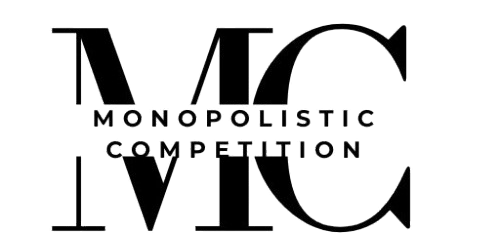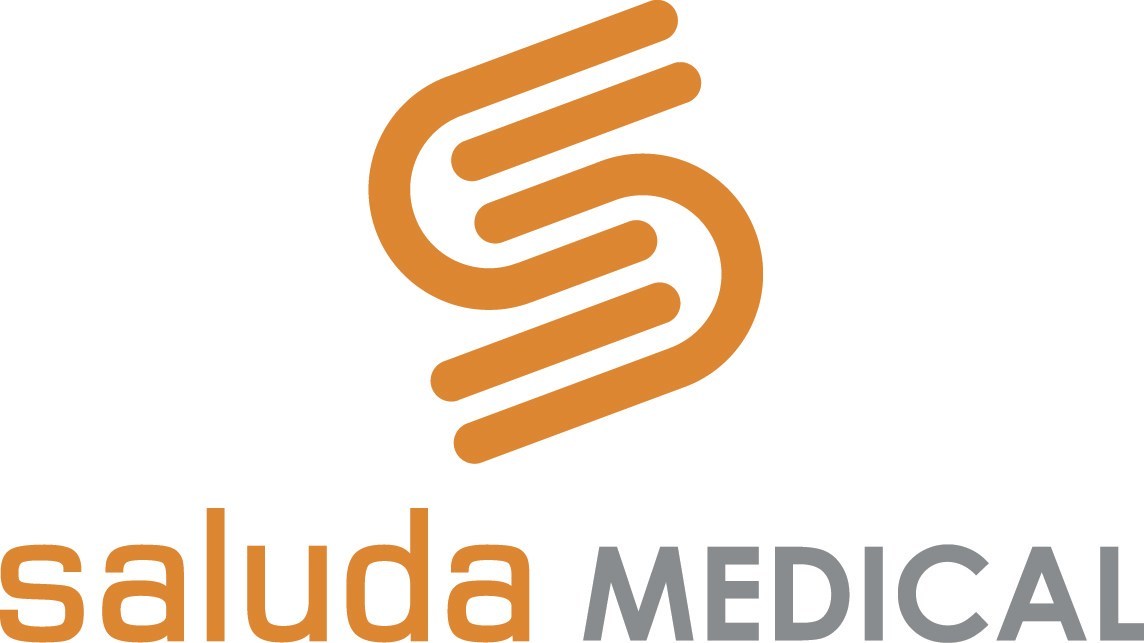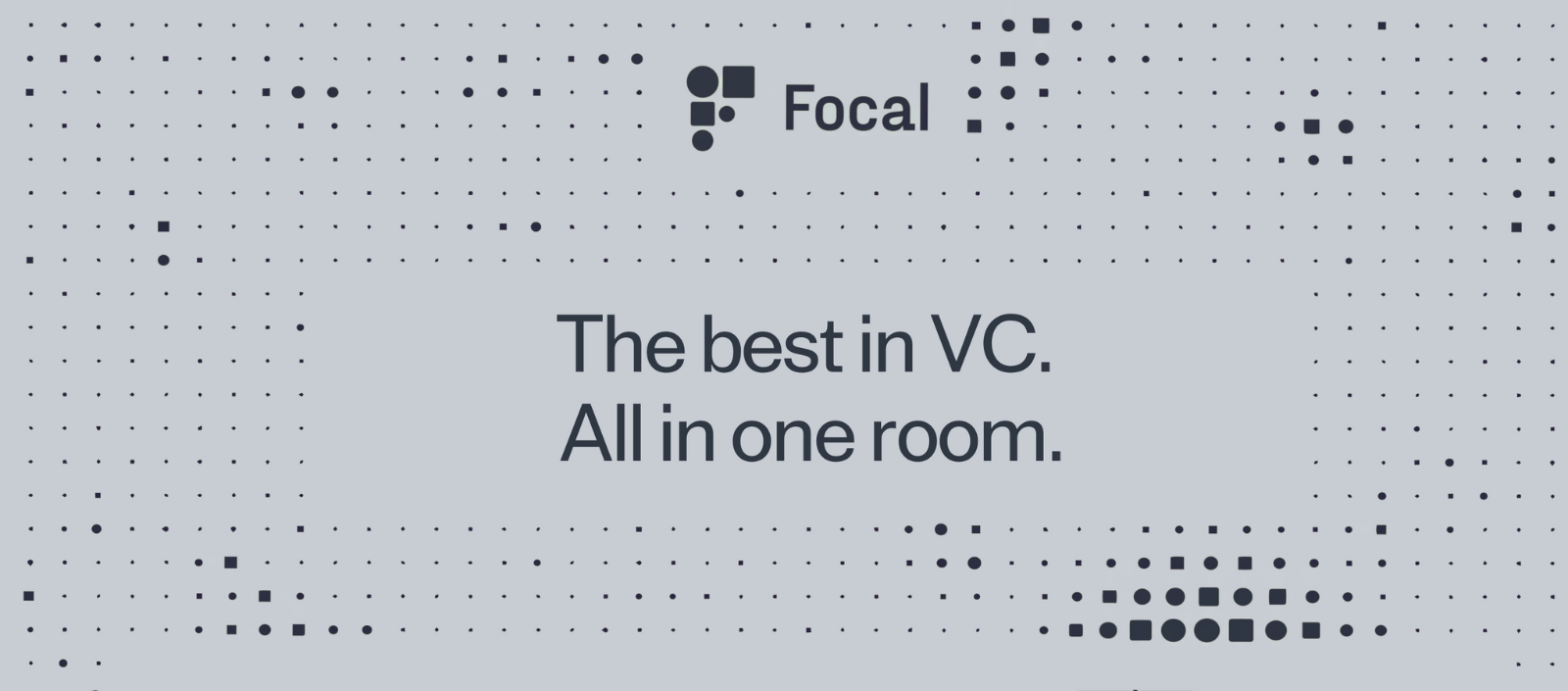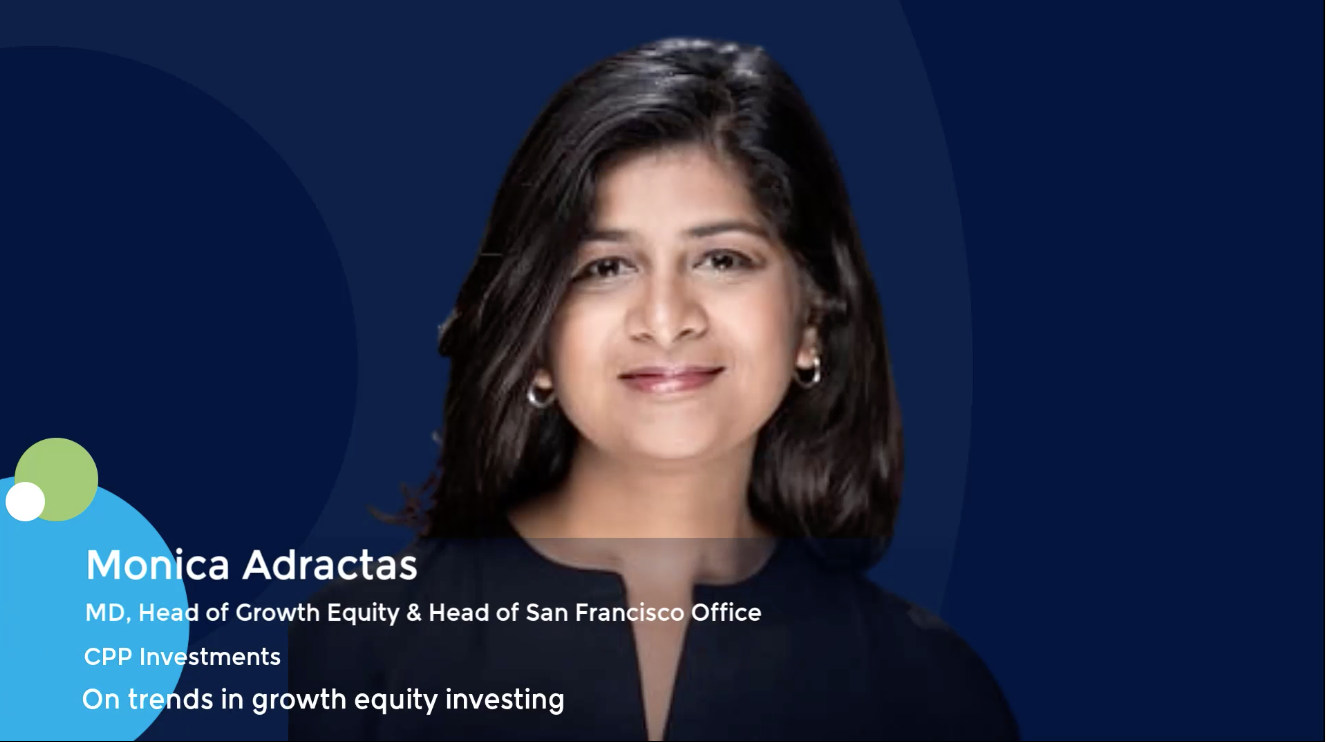Opinions expressed by Entrepreneur contributors are their own.
You’re reading Entrepreneur United Kingdom, an international franchise of Entrepreneur Media.
There is no denying that venture capital (VC) funding to female founders in the UK, and around the world, is significantly disproportionate to our presence in the ecosystem, and our ability to start and scale successful businesses. Data from PitchBook shows that in 2023, female-only led startups raised just 1.5% of the total VC invested in Europe, and most recently in Q1 2024, European startups with at least one female founder raised the lowest amount of funding since Q2 of 2020. Prior to mid-2022, the trend had been positive, but we witnessed a reversion to the mean once the venture funding market slowed down. There are wide-ranging views on why this funding discrepancy exists and the ones that resonate with me, personally, are the lack of diversity amongst VC’s, particularly in the partnership ranks; the volume and velocity of pitches required, which inevitably opens the door for heuristic decisions and implicit biases; and the dismal funding outlook becoming a deterrent for women considering entrepreneurship – after all, this is a numbers game.
Yet, despite the challenging odds of being a first time, all-female founding team, my co-founder, Samantha, and I raised a record-breaking pre-seed round, led by Octopus Ventures, with participation from other high-calibre fintech investors and angels. We raised this round with the concept for London based Belong: a new platform that would inspire and empower people to start building wealth earlier, and with the option to increase their starting investment via a pioneering Boost loan feature. We learned a lot from this journey, and want to share these insights with fellow entrepreneurs embarking on their first fundraise.
Recognise and solve for the mental shortcuts that venture investors take
While fundraising, we became acutely aware of heuristic decision-making (i.e. the mental shortcuts that investors tend to make), why it existed, and how it showed up during our pitches. In any given week, investors listen to upward of thirty pitches where they must make snap decisions about the probability of massive success.
Underpinning these decisions are track record, relatability, and certain patterns that they recognise – often labeled as “gut feeling” – all elements that first-time female founders can struggle to score highly on. To overcome this, we used our pitch to slow down this decision-making and make sure that we landed the most important points in the first five minutes. At the early stage, while still in stealth, it’s advisable to provide a deck in advance so you don’t feel beholden to it during the pitch, or pressured to get through all of the slides. We used our deck as a guide, and displayed it on-screen in less than 50% of pitches. Another approach that worked was to clearly articulate how our backgrounds, experience and track records made us unique as a founding team and, more importantly, the right founders to tackle this problem. We were proactive about identifying gaps and resourceful in filling them. For instance, neither Samantha nor I are technical, so very early on, we employed our network to find two tech advisors – the founding CTO of robo-advisor, Nutmeg, and an early engineer at payment processing platform, Stripe – who accompanied us on the fundraising journey and were instrumental in the selection process for our head of engineering. Other early advisors, like the former head of credit risk and D2C acquisition at Better.com, provided credibility and were valuable sounding boards for crafting our business plan and pitch.
Be a good steward of your time and energy
Fundraising is an emotional rollercoaster and a significant use of energy – it is also not one-sided. At the early stage, it can be appealing to cast the widest net possible (the infamous “numbers game”) but we quickly found this to be exhausting, disheartening, and counter-productive to gaining positive momentum. Rather, we began spending more time prioritising and screening investors upfront by doing more research online and tapping into our networks of founders and supporters, for references. We had to overcome the natural fear of “putting off” investors by being clear and unapologetic about the stage of the business and what we needed in terms of capital and fit. The investors who opted out of a pitch because of this were not the right ones for us anyway, and this approach significantly improved our probability of success with the investors we spoke to.
Build up a toolkit to help you deal with imposter syndrome
I deliberately chose the words “deal with” and not “overcome” because I believe that imposter syndrome is par for the course with foundership and many radically successful people still face it. That being said, as female founders we are particularly susceptible to imposter syndrome (research shows that 41.2% of us struggle with it compared to 27.8% of men) because it is far easier to feel like a ‘fake’ given the smaller number of VC investors and successfully-exited founders who look like us. In my personal journey, I also found that the perception of quotas or a lower bar for funding underrepresented founders, although untrue, was a breeding ground for imposter syndrome and attributing my success to this, rather than my talent and competence. How imposter syndrome manifests itself can be highly personal, but as a founding team, we found a few things to be effective in taming this beast:
– Anticipate and acknowledge it: Being aware of the situations, or even people, that trigger it and being curious, rather than dismissive, about those feelings whenever they creep up. We also embrace the notion that imposter syndrome could be harnessed to our benefit, in terms of accountability, personal growth, and a greater sense of empathy for others in a similar position.
– Reframing our thinking and sticking to the facts: Imposter syndrome is rooted in fear and typically, this is a fear of failure. It helped tremendously to focus on the facts around our progress, track record, expertise, etc. and to reframe our thinking about failure. Practically, this meant embracing the potential for failure and radical success as two sides of the same coin and becoming comfortable with this extreme level of duality.
– Talking it out with people we trust: Foundership can be lonely at times and it is tempting to try and weather it alone. I have an excellent coach (and am a huge proponent of coaching) and I recommend identifying a few people who you can be transparent and vulnerable with.
– Celebrating the smallest of wins: During fundraising and to this day, Samantha and I make a point of celebrating even the small victories with our team. Every commitment, every signed
document, every bank wire was a factual, tangible win that went a long way in creating momentum and assuaging the imposter.
Prioritise your mental health using first principles
Being a founder can involve significant personal, social and financial sacrifices. We still find it near impossible to unplug from the business and this is exacerbated when going through a fundraising process. There is a heightened focus on founder wellness and mental health and while, admittedly, most of it is easier said than done, we find that breaking it down into first principles helps. My coach was the first to enlighten me about the importance of life force energy to one’s mental capacity to face crises and the countless daily challenges of running a startup while fundraising. On the most basic level, preserving and protecting time for sleep and proper, on-time meals, is pivotal to replenishing life force energy. As founders trying to balance fundraising with continued progress in the business, we experienced feelings of guilt and shame about taking time out to recharge. We eventually found peace in releasing the rules and standards for what self care should look like (i.e. making time for spa days and yoga classes) and rather focusing on smaller micro-optimisations, like stretching, a longer shower, or half of a box set episode. Breaking wellness down into achievable bits made us feel better and more accomplished, which was self-reinforcing, and the effects began to compound over time. When it comes to wellness, we learned that little hinges can swing mighty doors!
A well-refined pitch is fundraising ‘table stakes’, regardless of gender
In my view, the perfect pitch deck is an unattainable illusion, but a good one is squarely within reach, so try not to let the perfect be the enemy of the good. The main purpose of a deck is to get that first meeting by telling an easily digestible, compelling, story about your business, and doing so in a visually appealing way. It’s also crucial to nail your framing of the problem, why it matters now, why it’s a massive issue, and why you represent the perfect team to tackle it. We did roughly two dozen dry runs with people in our network to help refine our pitch and hone in on the areas where investors might probe. We were disciplined about compiling a list of “FAQs”, which we shared with investors during due diligence, and proactively addressing any recurring questions during the pitch. As a final point, I couldn’t stress enough the importance of doing your homework and knowing the numbers related to your business and market, inside out. We experienced investors assessing the full picture and making real-time connections between how prepared we were and how well we articulated our story, with how we might execute and run the business. These first impressions matter and they definitely last, so make them memorable.












Leave a Reply